Escalating Violence And Humanitarian Collapse In Gaza:
Nearly 100 Palestinians were killed by Israeli forces in the past 24 hours alone, in what rights groups describe as a deliberate and systematic campaign of annihilation. Among the latest incidents, Israeli snipers reportedly opened fire on a crowd waiting near an aid centre north of Rafah, killing seven. Elsewhere, four civilians were killed when an Israeli airstrike hit a tent in Al-Mawasi, an area Israel itself had designated as a “humanitarian safe zone.”
According to Gaza’s Health Ministry, more than 100,000 Palestinians have been killed and at least 400,000 wounded since October 7, 2023. The vast majority of casualties are women and children. Humanitarian officials warn that these figures may understate the true scale of destruction, as medical infrastructure has all but collapsed and thousands remain trapped under rubble or unaccounted for.
International humanitarian organisations are now openly warning of genocide. Médecins Sans Frontières, UNICEF, and Oxfam have reported widespread starvation and mass trauma, particularly in northern Gaza, where malnutrition rates among children have surpassed 90%. The Integrated Food Security Phase Classification (IPC) has warned of an imminent “famine-like” catastrophe, while the World Food Programme stated that Gaza must be “flooded with large-scale food aid immediately” to prevent mass death.
Yet, despite these warnings, Israel continues to restrict humanitarian access. Aid deliveries have collapsed to around 28 trucks per day, compared to the pre-war average of over 500. “This is not just a failure of logistics, it’s a deliberate blockade,” said Philippe Lazzarini, Commissioner-General of UNRWA. Human Rights Watch and Amnesty International have accused Israel of “weaponising starvation” and targeting civilians at aid distribution sites, both war crimes under international law.
UN Diplomacy in New York: Reviving the Two-State Solution, or Enabling Annihilation?
Against this backdrop, world leaders convened in New York on July 28–29, 2025, for a high-level UN conference to revive the moribund two-state solution. The summit, co-chaired by France and Saudi Arabia, gathered over 40 foreign ministers, including EU and Arab League delegates, and was widely hailed as a “turning point” in multilateral diplomacy.
UN Secretary-General António Guterres opened the session with an appeal to move beyond “well-meaning rhetoric” and toward concrete action. “The occupation must end. Peace must begin with justice, and justice demands a Palestinian state,” Guterres declared. Saudi Foreign Minister Prince Faisal bin Farhan Al Saud called for a clear, time-bound roadmap to Palestinian statehood, while French Foreign Minister Jean-Noël Barrot confirmed that France will officially recognise Palestine during the UN General Assembly in September 2024.
But critics argue that these lofty proclamations offer no genuine relief to Palestinians on the ground. “What use is a peace summit if bombs are falling while diplomats are talking?” asked Raji Sourani, director of the Palestinian Centre for Human Rights. “The two-state process has become a diplomatic theatre, another ruse for Israel to continue erasing our people while the world applauds empty gestures.”
Indeed, rather than indicating a shift in Israeli policy, observers argue the UN conference provides a veneer of legitimacy for Israel to continue its campaign of forced displacement, starvation, and destruction, all while claiming to engage with peace efforts. “This is Oslo all over again,” said Noura Erakat, a human rights lawyer and professor. “It masks a one-state reality of apartheid and settler-colonial domination.”
Historical Origins And Proposals Of The Failed Two-State Solution:
- 1937 Peel Commission Report: This British commission, sent to investigate the 1936 Palestinian Great Revolt, was the first to formally propose a two-state solution, suggesting the partition of Palestine into a Jewish state and an Arab state. This plan ultimately failed due to rejection by both sides.
- 1947 UN Partition Plan (Resolution 181): This is widely considered the “original” two-state solution in a more formal, internationally recognised sense. The UN General Assembly voted to divide Palestine into a Jewish state and an Arab state, with Jerusalem under international control. While accepted by the Jewish leadership, it was rejected by the Palestinian Arabs and surrounding Arab states, leading to the 1948 Arab-Israeli War. The war resulted in the establishment of Israel but no independent Palestinian state, with the West Bank coming under Jordanian control and the Gaza Strip under Egyptian control.
Post-1967 and the Rise of the “Two-State Solution” as a Negotiated Framework:
- After the 1967 Six-Day War: Israel occupied the West Bank, East Jerusalem, and the Gaza Strip. This occupation led to an increased international focus on Palestinian statehood and the idea of a two-state solution as a resolution to the conflict.
- Late 1970s – 1980s: Palestinian leadership in the occupied territories and most Arab states began to support a two-state settlement. The PLO formally accepted the concept of a two-state solution in 1982.
- 1991 Madrid Peace Conference: This conference brought Israelis and Palestinians together for direct negotiations, laying some groundwork for future talks.
Major Attempts and Failures (primarily focused on the “peace process” era):
- Oslo Accords (1993 and 1995): These landmark agreements between Israel and the PLO were designed to establish a framework for negotiating border disputes, creating Palestinian self-governance through the Palestinian Authority, and ultimately aiming for a peaceful two-state solution. While they led to initial progress and the establishment of the Palestinian Authority, the accords began to unravel due to ongoing violence, settlement expansion, and a lack of trust.
- Camp David Summit (2000): Mediated by U.S. President Bill Clinton, this summit aimed to reach a final status agreement between Israeli Prime Minister Ehud Barak and PLO Chairman Yasser Arafat. It ultimately failed due to fundamental disagreements on critical issues like borders, the status of Jerusalem, and the right of return for Palestinian refugees. Its failure contributed to the outbreak of the Second Intifada.
- Taba Summit (2001): Following Camp David, further negotiations at Taba also proved inconclusive.
- Road Map for Peace (2003): Proposed by the Quartet (US, EU, Russia, and the UN), this plan outlined a performance-based roadmap to a two-state solution. However, it also faced significant hurdles and did not lead to a breakthrough.
- Annapolis Process (2007-2008): Another attempt at permanent status negotiations between Israeli Prime Minister Ehud Olmert and Palestinian President Mahmoud Abbas, which also failed to yield a final agreement.
- 2013-2014 Peace Talks (Kerry Initiative): Led by then-U.S. Secretary of State John Kerry, these talks broke down due to various issues, including Israeli settlement building and Palestinian moves toward international recognition.
US And Israel Boycott: Exposing The Core Of The Problem.
The United States and Israel both boycotted the conference, dismissing it as “unproductive” and “dangerous.” Israeli UN ambassador Danny Danon declared the event an “illusion” and insisted that “no Palestinian state will be imposed on Israel through international pressure.” U.S. officials warned that France’s planned recognition of Palestine would embolden extremism and damage U.S. diplomatic credibility.
But for many analysts, this boycott revealed the deeper issue: Israel, backed unconditionally by Washington, is not negotiating in good faith, and has no intention of allowing a sovereign Palestinian state to emerge. “The U.S. and Israel are not peace-seekers,” said Marwan Bishara, senior political analyst at Al Jazeera. “They are the two actors most responsible for obstructing peace and prolonging this catastrophe.”
The Biden administration continues to supply arms to Israel, including precision bombs and artillery, despite rulings from the International Court of Justice (ICJ) requiring Israel to prevent acts of genocide. Several U.S. legal experts have warned that the White House could now be complicit in genocide under international law. “This isn’t neutrality, it’s collusion,” said Francesca Albanese, UN Special Rapporteur for the occupied Palestinian territories.
“Genocide”: Now Acknowledged Inside Israel Itself:
In a seismic development, leading Israeli human rights groups B’Tselem and Physicians for Human Rights–Israel have publicly declared Israel’s war on Gaza to be genocidal in nature. In a joint report published last week, they cited “the intentional destruction of civilian infrastructure, targeted starvation, and the mass killing of noncombatants” as evidence of genocidal policy.
This language marks a watershed moment in Israeli civil society discourse. Previously, most mainstream organisations refrained from using the term “genocide,” instead referring to “disproportionate force” or “collective punishment.” Now, that caution has eroded. “What we are witnessing in Gaza goes far beyond military necessity; it is a project of extermination,” said Dr. Ruchama Marton, founder of Physicians for Human Rights–Israel.
The groups’ analysis aligns with the ICJ’s genocide case filed by South Africa, which accuses Israel of intentionally destroying the Palestinian people in part or in whole. As of this week, over 25 countries have formally joined or endorsed South Africa’s petition.
The Two-State Solution: Hope, Illusion Or Cover For Catastrophe?
While diplomats in New York tout the two-state solution as the only viable path forward, its credibility continues to erode. Ilan Pappé, an Israeli historian and advocate of a democratic one-state model, argues that Zionism is fundamentally incompatible with democracy and equality. “You cannot have a Jewish ethno-state and a Palestinian democracy in the same territory, it’s one or the other,” he said.
Palestinian lawyer Rabea Eghbariah calls the two-state solution a “delusion” that obscures the one-state apartheid reality Palestinians already live under. “The language of statehood is being used to distract from the actual erasure of our people and our land,” he said in a recent interview with The Intercept.
On the far left, socialist and anti-colonial movements call for a single, democratic, secular Palestine. “A two-state solution under Zionism is not liberation, it’s fragmentation,” said a spokesperson from the Popular Front for the Liberation of Palestine (PFLP). “We will not trade genocide for ghettos.”
Meanwhile, Israeli settlement construction continues unabated. Just last week, Netanyahu’s far-right coalition approved 22 new settlements in the occupied West Bank, further disfiguring the land envisioned for a future Palestinian state. Peace Now, an Israeli anti-settlement watchdog, described the move as “the final nail in the coffin of the two-state solution.”
Looking Ahead: A Crisis That Demands More Than Diplomacy
Several developments over the coming months could redefine the conflict’s trajectory:
- France’s formal recognition of Palestine in September 2024 could trigger a wave of recognitions across Europe and the Global South.
- The ICJ genocide case is expanding, with Latin American, African, and Asian states expected to join.
- Grassroots campaigns, from university encampments in the U.S. and UK to labour union boycotts in South Africa and Ireland, are forcing governments to rethink arms sales and diplomatic support.
In the UK, Prime Minister Keir Starmer has convened an emergency Cabinet meeting to discuss a coordinated peace initiative with France and Germany. He met privately with Donald Trump in Scotland to “exchange views” on a possible ceasefire plan. However, Starmer has not committed to recognising Palestine. While over 200 MPs have signed letters demanding recognition, the UK government continues to supply military components to Israel and abstains from legal action.
Labour MP Apsana Begum denounced the government’s inaction. “If we recognise genocide but continue arming the perpetrators, what does our recognition mean?”
Conclusion: The Summit’s Big Lie, Diplomacy As A Curtain For Occupation And Erasure.
Israel’s official position, articulated most explicitly by Prime Minister Benjamin Netanyahu, exposes the duplicity at the heart of current diplomacy. Netanyahu has categorically rejected the two-state solution:
- “There will be no Palestinian state here… we will never allow another state between Jordan and the Mediterranean Sea”.
- “I will not compromise on full Israeli security control over all the territory west of [the river] Jordan … and this is irreconcilable with a Palestinian state”.
- “Any future Palestinian state would be a platform to destroy Israel… sovereign power… must remain with Israel”.
- “The notion that a Palestinian state will produce peace is folly… we just tried a Palestinian state in Gaza, you saw what that brought”.
These unambiguous statements confirm what critics have long asserted: that Israel is not negotiating toward peace but is engineering permanent occupation, statelessness, and systematic displacement, an approach that now extends to the Gaza Strip.
Against this backdrop, the UN’s New York conference, heralded as a revival of the two-state solution, rings hollow. As nearly 100 Palestinians were killed just in the past day, Israel has escalated its advance into Gaza, erecting new settlements, tightening its military grip, and officially occupying territory it once claimed it only intended to withdraw from. What peace diplomats see as “engagement,” many Palestinians see as territorial conquest via bombing and bulldozing.
Thus, the revival of two-state rhetoric, without binding enforcement, immediate ceasefires, or legal accountability, is not peacebuilding. It is diplomatic obfuscation, offering Israel a veneer of legitimacy to continue operations that United Nations and Israeli human-rights groups now concur meet the criteria of genocide. The more the world talks, the more Gaza burns, with no real protection, no pause, and no path to sovereignty.
At this historical inflexion, the only moral and strategic imperative is to collapse the illusion of diplomacy as cover: to cease arms exports, pursue sanctions, enforce international law, and insist on immediate ceasefire and truth-telling. Anything less is not political neutrality; it is enabling erasure.
In the end, Gaza is not a territory in limbo. It is a grave. And the summit in New York? Only a stage.
“Where Is The Proposed Location For This New Two-State Solution?”
Summary Table:
| Issue | Current Status |
| Daily Civilian Deaths | ~100 killed per day; nearly 60,000 already dead since the war began |
| Starvation & Malnutrition | Worst-case famine unfolding; aid severely restricted |
| UN Conference | Held July 28–29 in NYC; boycotted by the US & Israel |
| Two-State Solution | Reaffirmed by the UN, France, and Saudi Arabia; denounced by boycott states |
| State Recognition | France to recognise Palestine in September; others possibly follow |
| Human Rights Assessments | Israeli NGOs and UN bodies are increasingly describing the Gaza assault as genocide |
| UK Developments | Emergency Cabinet meeting; coordinated plan with EU partners under discussion |


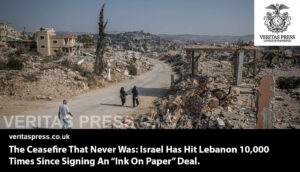




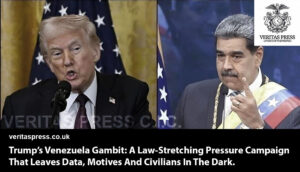
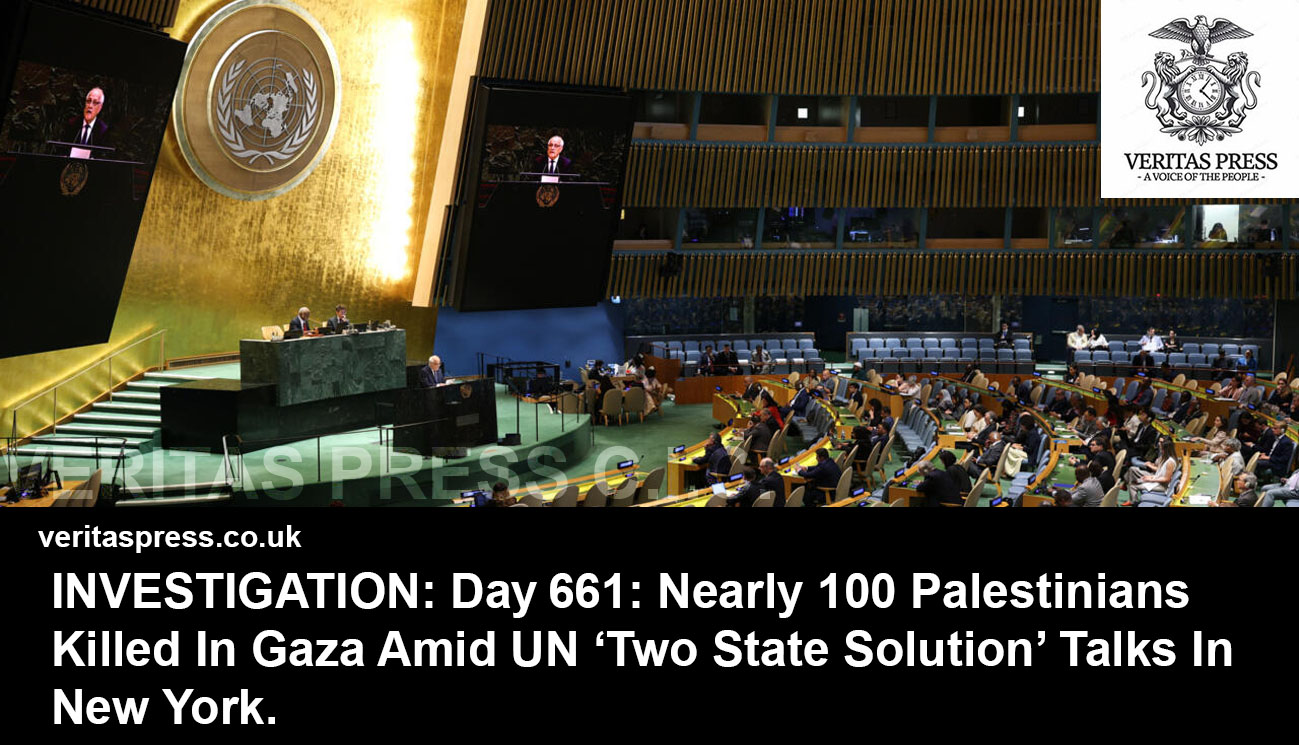


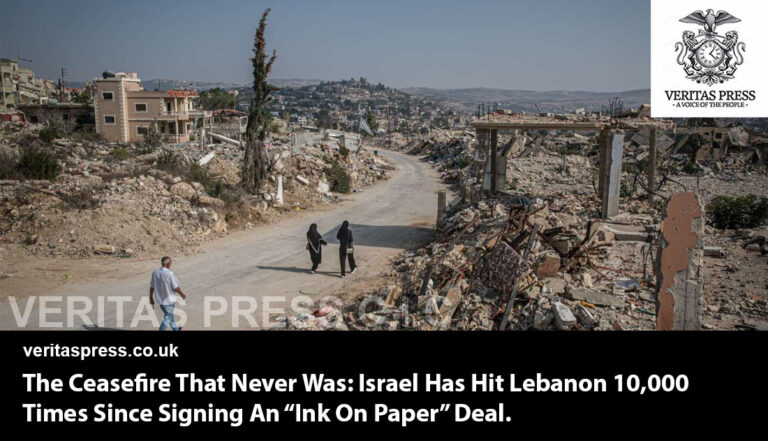


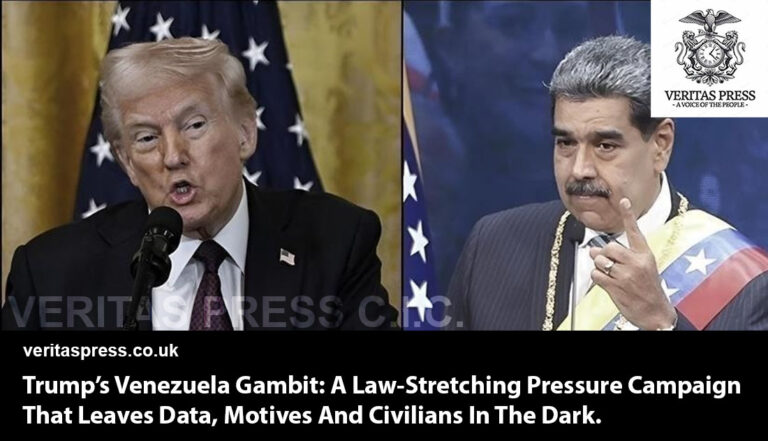



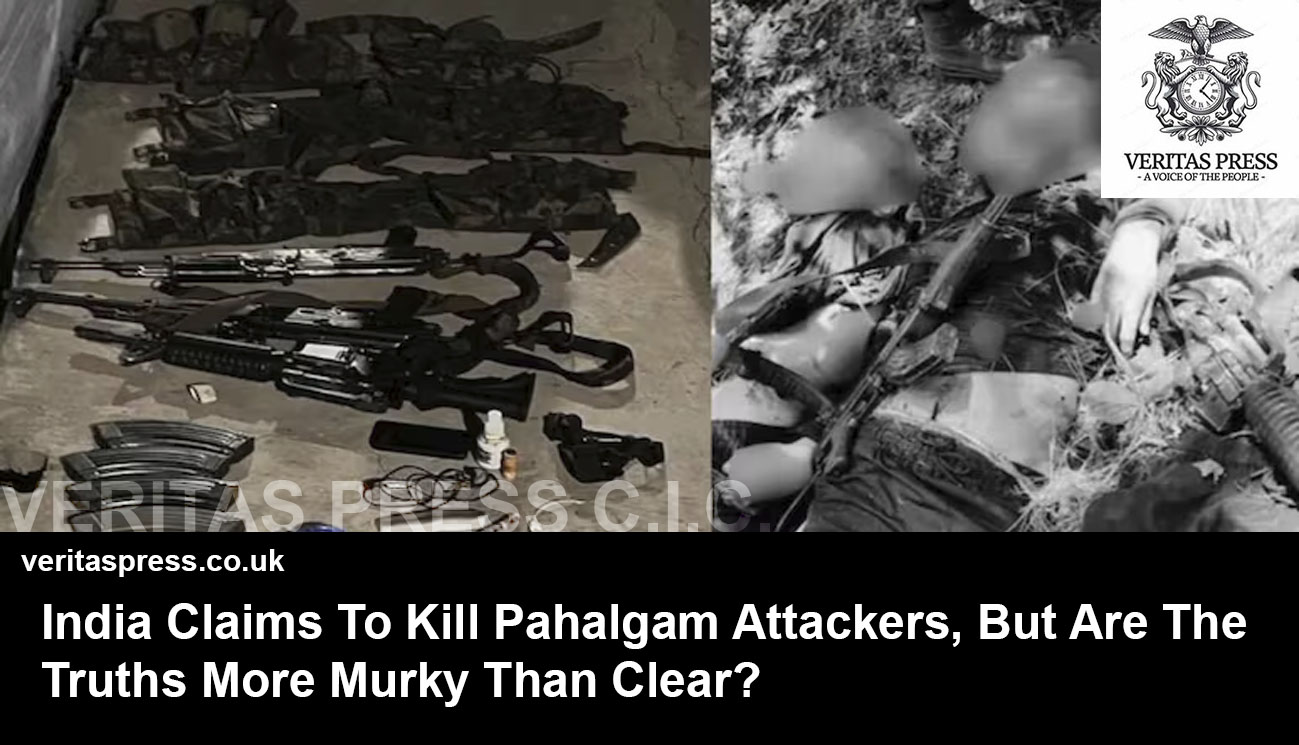
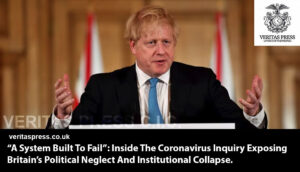
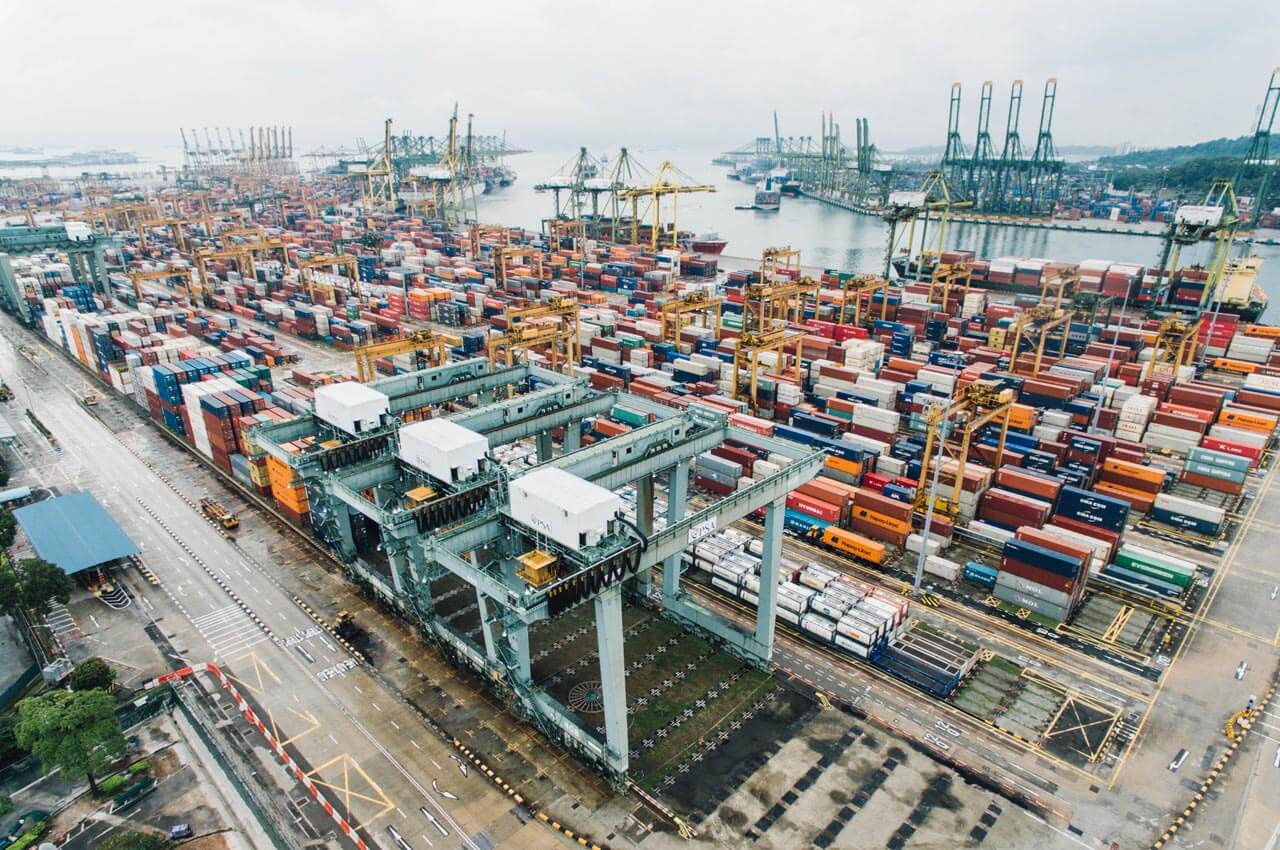



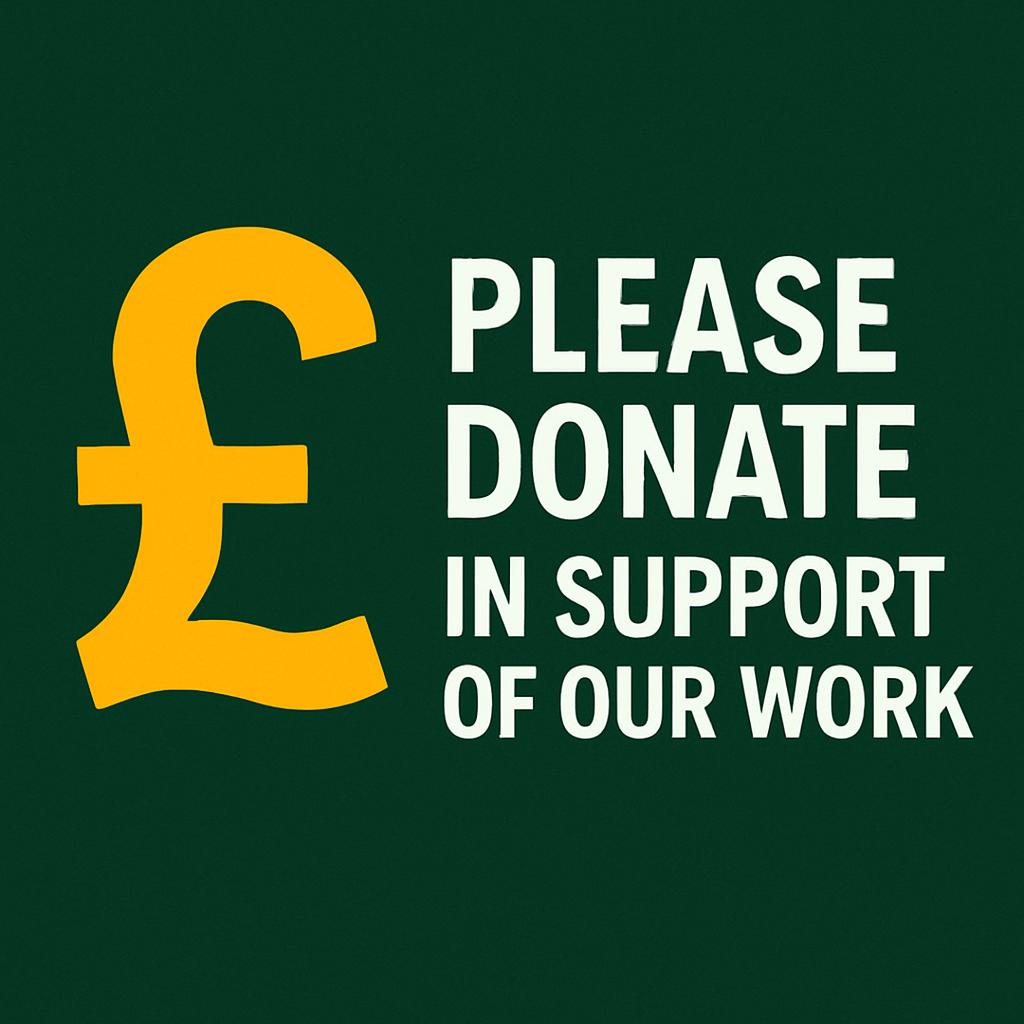



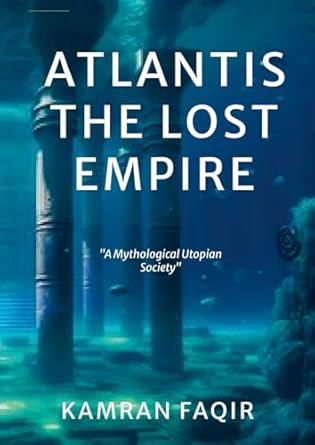
Leave a Reply